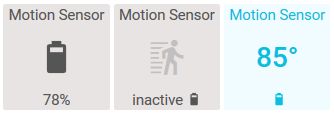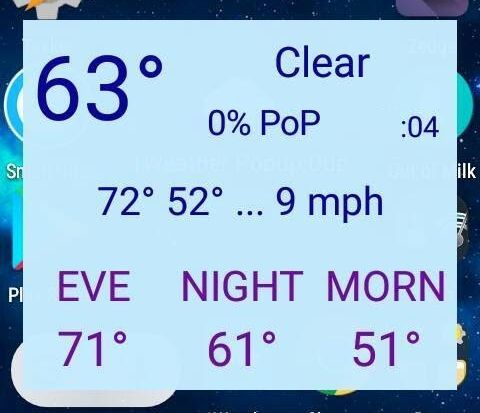1) Give a description of the problem
Trying to use webcore to set values for a simulated/virtual multi-sensor (based on status from a real TinyCam API). I can get the data from TinyCam no problem. I want to set the atributes into a single ST device so it will show on ActionTiles like other devices. I have done similar with a simulated dimmer switch, but I guess not a multi-sensor
2) What is the expected behaviour?
I need the device’s tasks in webcore action to allow setting motion active, AND setting temperature, AND set battery, etc…
3) What is happening/not happening?
The official ST simulated devices seem to be only one type each (motion OR temp). I tried several non-simulated DHs to see if any of them would allow setting motion, temp, etc (aeon multi, zwave motion/temp/light) but they don’t when I go into the devices’ tasks in webcore.
I was looking at ST_Anything DH, but it is a bunch of parent/child types. Also, tried an arduino DH I created a long time ago, but it still didn’t show any way in webcore to set the attributes.
EDIT:
-I logout and re-register browser to make webcore detect the device’s new type
-“Simulated Temperature Sensor” allows setting: temp, set/adjust/fade level, pan camera up/down. seems kind of odd combination
I feel like I am forgetting something???


 This is great on PC, just looking for a way to get some of the info onto my wall tablet dashboard.
This is great on PC, just looking for a way to get some of the info onto my wall tablet dashboard. ). I don’t think any of the simulated sensors I tried, allowed me to set battery.
). I don’t think any of the simulated sensors I tried, allowed me to set battery.